I love VR gaming. The ability to physically enter another world, to feel the scale of it around me, to physically "touch" in-game objects with in-game hands - it never ceases to amaze me. It’s astonishing, it’s revolutionary, and until recently, it’s been a massive pain in the arse.
Set aside the technical demand of VR, which are substantial (both HTC Vive and Oculus Rift display 2,160 x 1,200 pixels in total and generally need to do so with a ~90fps minimum at all times to prevent nausea), the physical limitations of most dedicated gaming headsets are just crazy. All PC-powered headsets specify 2x2 metres of free-floor space as a minimum requirement for optimal VR gaming.
Then there’s the issue of sensors; in the case of the Vive and the Valve Index, users need to physically affix these to the wall. The Oculus Rift’s sensors are slightly more versatile, having built-in stands of their own, but they’re also considerably more temperamental, easy to accidentally knock or touch, which throws off your entire VR space.
It’s a huge amount of faff, and all for a sub-optimal experience, one with low visual clarity and awkward movement, as your headset is tethered to your computer. Combined with the hefty price-tag of most HMDs, the result is that VR uptake has been slow. Valve reported at the end of 2018 that less than one percent of Steam users owned a VR headset.
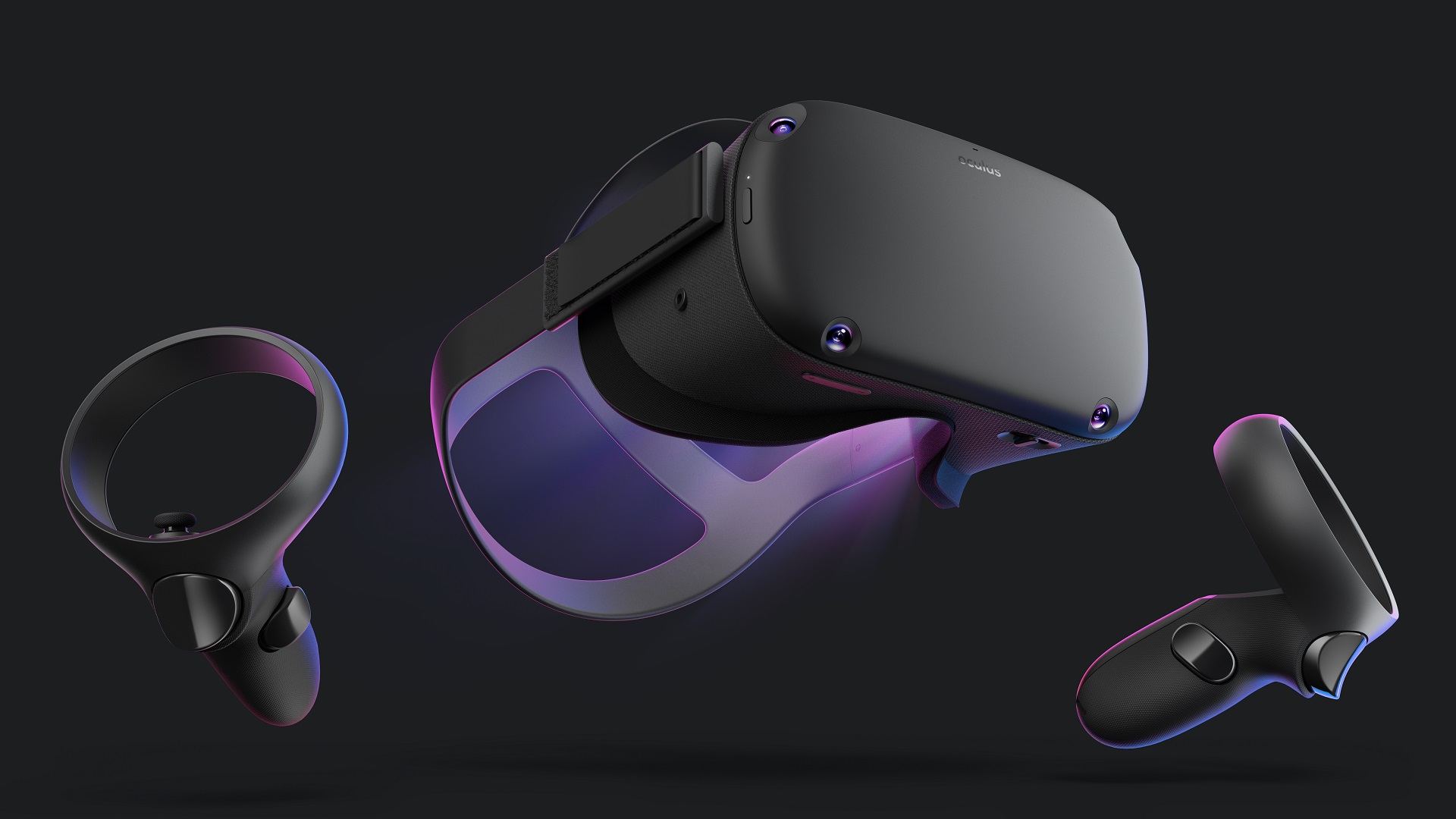
Manufacturers have responded to this in different ways. HTC and Valve have both made visual clarity a priority, developing more powerful headsets like the Vive Pro and the Valve Index. Oculus, on the other hand, has focussed primarily on the physical limitations, looking at how to make VR a less frustrating and more convenient experience, though the Quest is still its highest-resolution headset yet.
The result of these efforts is the Oculus Quest, the first standalone VR headset designed specifically for the mainstream gaming market. The Quest has a higher resolution display than the Rift (and even Rift S), but more importantly it comes with no wires, no sensors, and no requirement for any additional hardware. There are some trade-offs for this added convenience, but overall it’s a massive step forward for VR gaming
The difference is apparent the moment you pull the Quest out of its box. In fact, it’s apparent the moment you see the box, as the package is almost bafflingly small compared to those of the Rift and the Vive. Inside the box is the headset, two second-gen Touch controllers, a battery pack and USB charger cable, and four AA batteries (each Touch controller requires one AA battery to function).
That’s it. Everything you need to play is built into the headset itself. Beneath the Quest’s sleek exterior is a Qualcomm Snapdragon 835 SoC, 4GB of RAM, and an Adreno 540 GPU. In terms of power, Oculus estimates it to be roughly equivalent to an Xbox 360. Obviously, that’s considerably less powerful than any headset physically tethered to a hefty gaming PC, and this is the main trade-off for the mobility and convenience that the Quest provides.

Despite the lack of external power, the Quest provides greater visual clarity than both the Rift and the Vive courtesy of its improved display. The Quest uses a PenTile OLED display with a resolution of 1,440 x 1,600 pixels per eye (2,880 x 1,600 total), a considerable jump over the Rift’s 1,080 x 1,200 per-eye resolution. The Quest has a lower refresh rate – 72Hz compared to the Rift’s 90Hz, but the overall effect is nonetheless one of improved visual quality, as I’ll discuss shortly.
Firstly, we should talk about the Quest’s main feature. The primary difference between the Quest and all other tethered VR headsets is found in the four outward-facing, ultra-wide-angle cameras at the corners of the headset. These cameras enable the Quest to map your play space from the inside-out, tracking the player’s location within that space in real-time. This means no calibrating and re-calibrating sensors and no worrying about staying within the range of those sensors.
It also means the Quest can be played anywhere: in your bedroom, in your living room, out in your garden (if my fellow commuters didn't love me already, they will now - ed.). All you need is some clear floor-space. The Quest still recommends 2x2 metres as the minimum for an optimal VR experience (although as always, there’s a little wiggle room). Since you can play the Quest anywhere, rather than within cable range of your PC, finding that space is a whole lot easier to achieve. Also, as with any headset, you can also play either standing still or sat down.
The Quest’s setup is the easiest I’ve experienced with any VR headset. Most of the setup is done via the Oculus App, which you download to your phone and which pairs with your headset via Bluetooth. The headset needs to be charged out of the box, but you can still run the setup while it’s charging. The cable is also long enough to use the headset while it’s charging, although I don’t know whether Oculus recommends doing this.
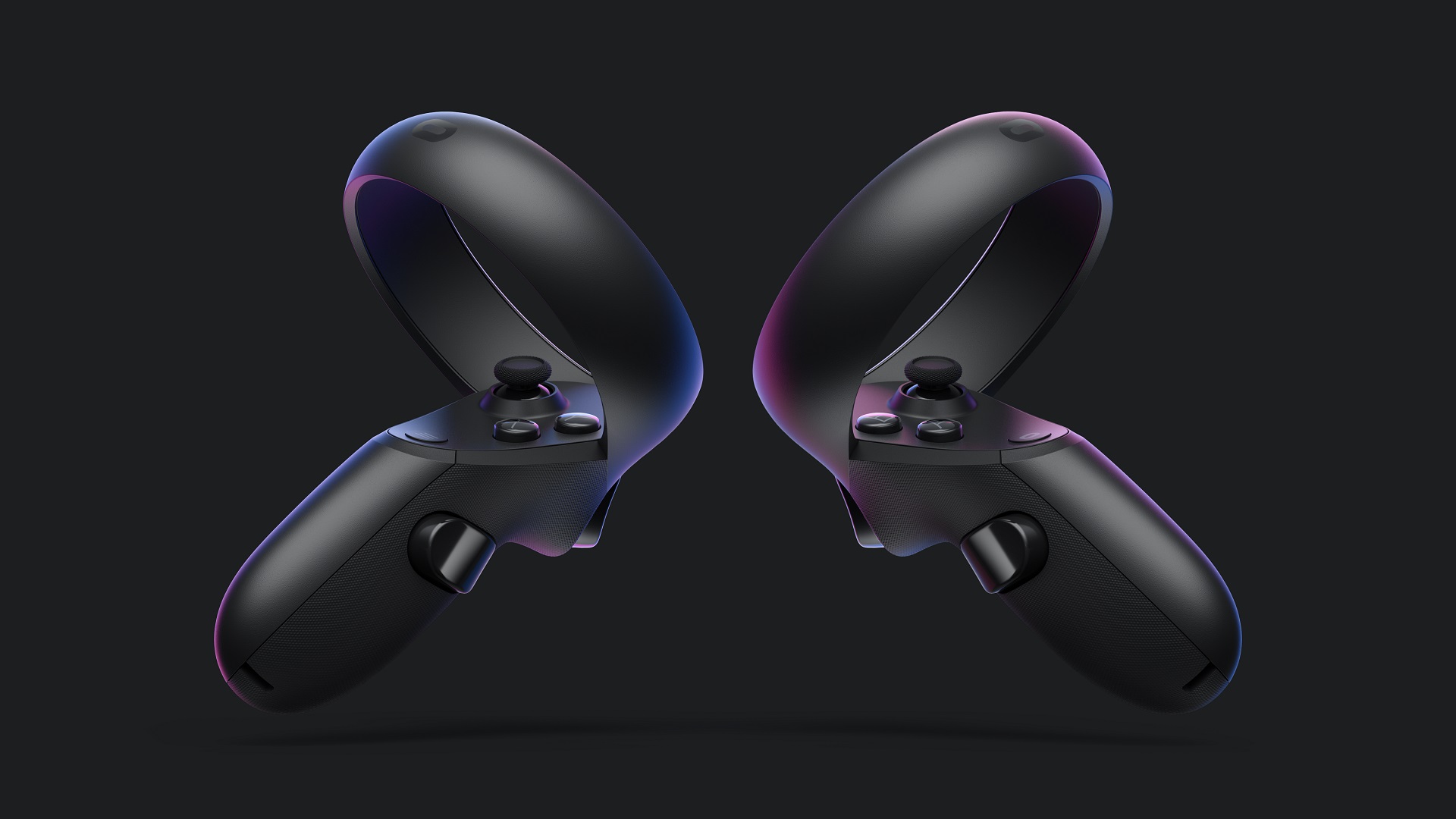
Time from setup to play is around 20 minutes – plus game download time dependent on your Internet connection. Speaking of downloads, the headset comes in two versions, one with 64GB of storage, the other with 128GB. The latter will set you back an additional £100, on top of the RRP of £400. Although 64GB would be a miniscule amount of space for most gaming PCs, the majority of VR games take up comparatively little hard-drive space, averaging around 5~6GB. Hence, you can easily fit around a dozen games on the standard Quest at any one time.
Setup takes you through pairing the touch controllers (done automatically), calibrating the floor level (letting you switch between users without recalibrating for height), and setting up the Guardian system, which creates a virtual boundary for your play space, helping to prevent tripping over an object or smacking your hands off your walls. The Guardian system is set up by viewing your play-space through the headset cameras and using a controller to literally draw a line around the edges. It takes about 30 seconds.
Obviously, a VR headset is not just a device you use to play. You also have to physically wear it, so comfort and build quality are extremely important considerations. Oculus has always edged the competition in terms of building comfortable headsets, and in this the Quest is no different. The headset uses a similar head-mounting system to the Rift – a sturdy yet flexible frame that distributes the weight of the device evenly across your head, as opposed to the Vive’s Vinyl-velcro straps, which hung nearly all the weight of the Vive from your face.
What’s surprising is how similar in size and weight the Quest is compared to the Rift. Size-wise they are virtually identical, and the Quest is actually slightly more compact around the front, with a more rounded faceplate made of heavy-duty plastic. The Quest is also only 100 grams heavier than the Rift, which isn't massive but also is not an insubstantial difference given you wear it on your face. Considering just how much additional hardware is contained inside, it’s a surprisingly small weight increase.
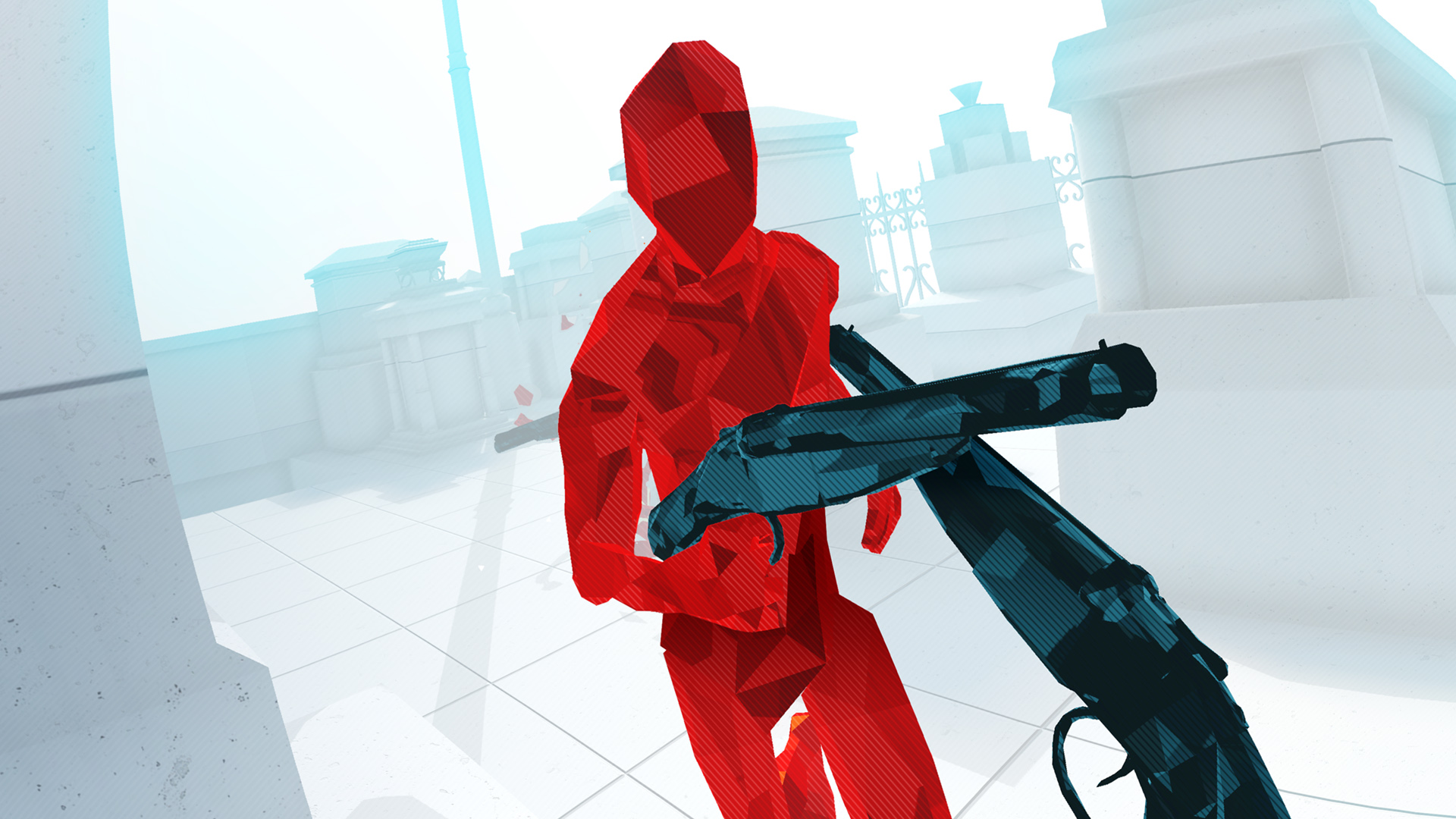
It isn’t only the headset that has been redesigned. The Touch controllers have also seen an overhaul. Compared to the Rift, the weight of the controllers has been reduced by approximately 30 grams, a noticeable reduction when held in the hand. Meanwhile, the circular band that once looped around the user’s hand is now at the top of the controller, while the position of the grip button has been shifted so that it is now squeezed more by the whole hand rather than just the middle finger. Aside from the grip button, each controller also has a trigger button, a thumbstick, and two standard buttons to the side of the stick.
Perhaps it’s because I’m used to the Rift controllers, but I found the Quest’s controllers slightly less ergonomic and intuitive to use. They’re not uncomfortable and are better to use over long periods of time thanks to the weight reduction, but they just don’t seem to rest in the hand as naturally. In addition, the string-cord safety straps of the Rift’s controllers have been replaced with an ugly vinyl band that’s very fiddly to get on and off the wrist.
Upon entering VR, there is a noticeable difference in the visual clarity of the Quest compared to first-generation headsets. The stereoscopic 3D image is considerably clearer than previously, while the infamous screen-dooring effect – whereby individual pixels form a fine mesh over your vision – is far less prominent. Objects appear much more defined at both short and medium ranges. Small objects at long range still appear fairly pixelly, but landscapes and panoramas are generally much clearer.
The biggest change, however, is just how smooth the experience is. We tested the Quest on several games, but the two primary games were Star Wars: Vader Immortal, originally released as a Quest-exclusive, and Superhot VR, our best VR game of 2018 and generally one of the best VR games around, which has been rebuilt specifically for the Quest.

Both games necessitate lots of intricate hand movements. Vader Immortal sees you fighting various types of droid with a lightsaber, blocking attacks and deflecting blaster shots at stormtroopers. Meanwhile Superhot VR involves a lot of full-body movement, ducking and swerving to dodge bullets, and reaching across the play-space to pick up, aim, and sometimes throw weapons.
I haven’t tested Vader Immortal on the recently released Rift version, so I can't do an easy comparison, but I can for Superhot. Playing Superhot on the original Rift, my external sensors struggled to cope with the amount of movement the game requires. Particularly problematic were actions like picking up items off the floor. I’d often find my virtual hands refusing to move any further forward, because the sensor could no longer detect the location of the touch controllers.
With the Quest this is no longer a problem, as the device tracks your position from the headset itself. The lack of a cable dangling from the side of your head is another huge improvement, as you’re not constantly getting it tangled around your legs and waist as you spin around.
There are a few other little design features that I really appreciate. For example, instead of flip-down headphones, the Quest provides audio through on-board, surround sound speakers. These provide a similar level of quality audio to the headphones but also don’t block out real-world sounds as much, meaning you can still hear what’s going on around you in the real world, such as your partner trying to sneak into the room and photograph you flailing around like a goofball. If you want to be completely absorbed, you can buy headphones for the Quest, or simply use a standard set of earbuds.
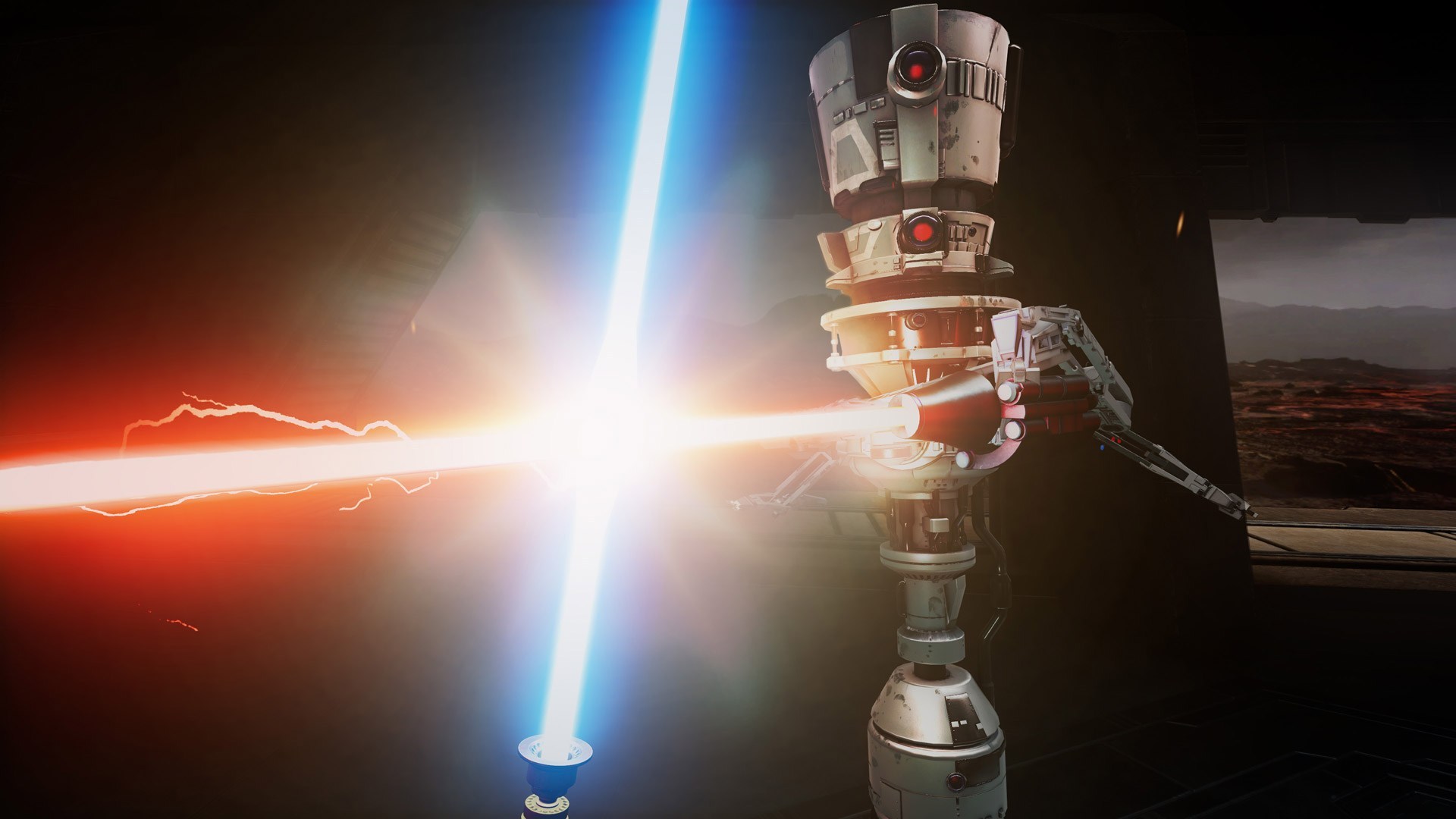
There are a couple of issues. Most notably, the Quest’s battery only lasts about two hours. Practically, this isn’t a massive inconvenience. VR gaming is pretty physical, so after two hours chances are you’ll want a break anyway. But that isn’t really the point. If you want to play longer than two hours, then your only option is to play while charging, which means you’re temporarily tethered again, and it also probably isn’t a good idea anyway.
The other issue, currently, is the number of games on the Quest. The Quest isn’t the Rift 2, after all; it’s an entirely different platform, and so making a game compatible with it requires the developer to port it over. This means that, at present, the Quest’s library is relatively limited. Also, most of its games are not cross-buy compatible. So if you bought games like Superhot, Job Simulator, or The Climb on the Rift, you’ll need to buy them again if you want to play them on the Quest.
This makes the Quest a challenging purchase for existing Rift users. If you’ve already got a Rift and the space to play it, you’re basically paying for a wireless headset with a better display quality. These are substantial improvements, but are they worth forking out an extra £400 for, plus re-investing in many of your games? Probably not.
However, if like 99 percent of PC gamers you’ve not invested in a VR headset at all, the Quest is pretty much the best all-around headset currently on the market. It’s incredibly easy to set up, it can be played anywhere, it has a decent visual quality considering the hardware it’s carrying, and it’s just a wonderfully futuristic bit of kit.


MSI MPG Velox 100R Chassis Review
October 14 2021 | 15:04

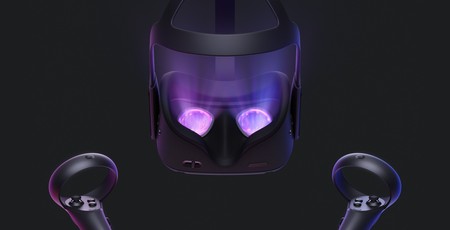
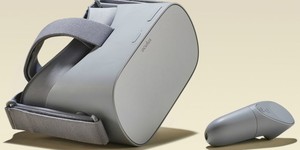
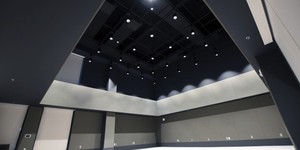





Want to comment? Please log in.